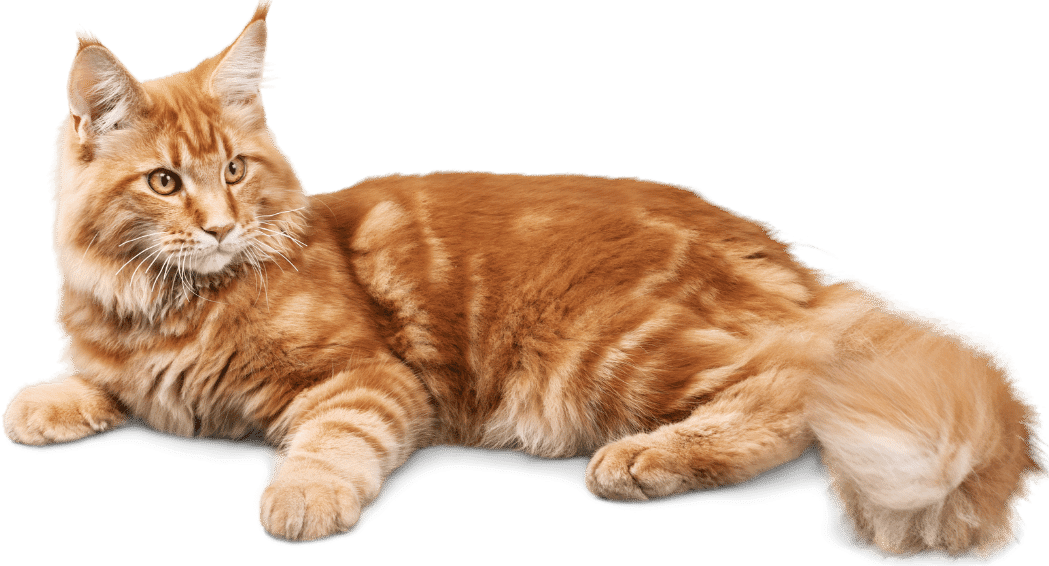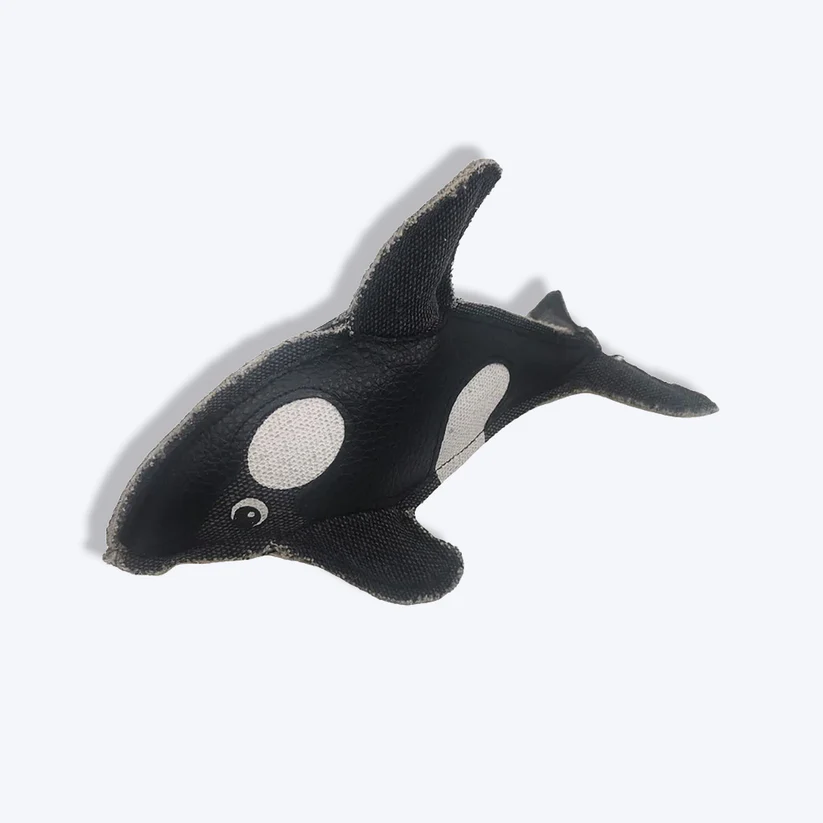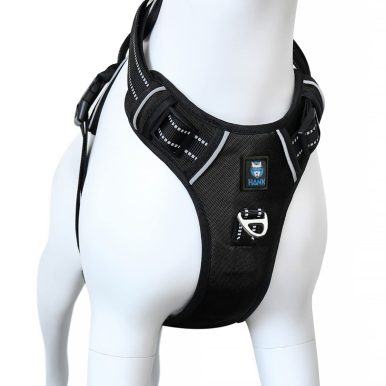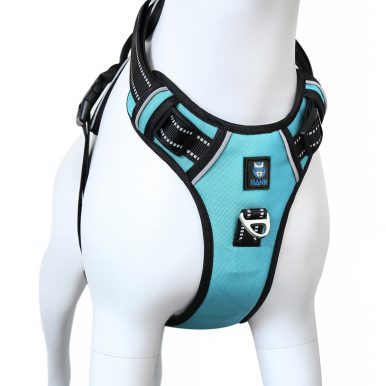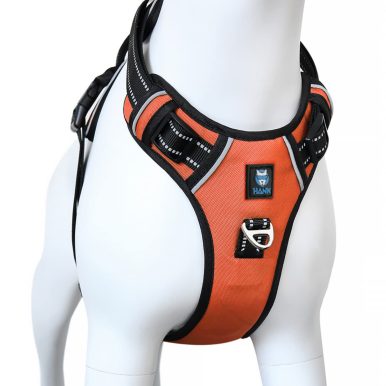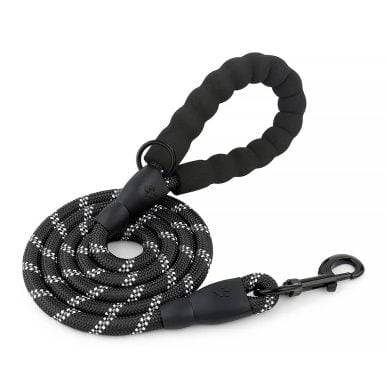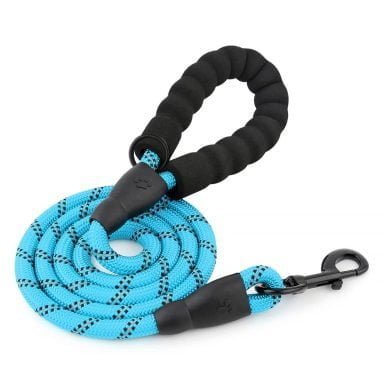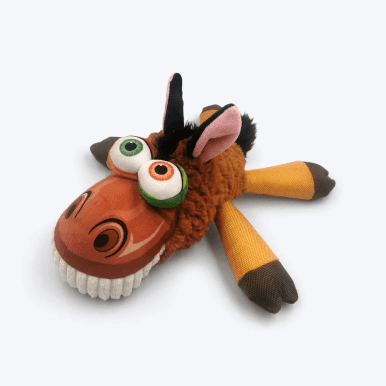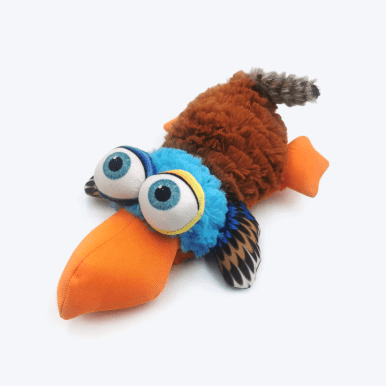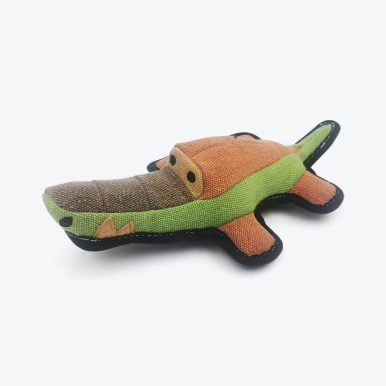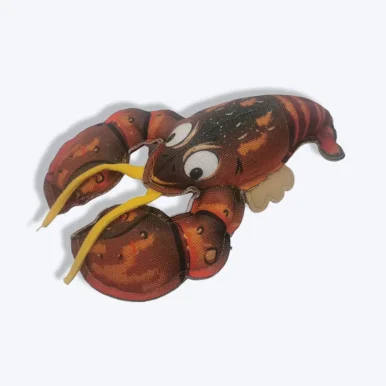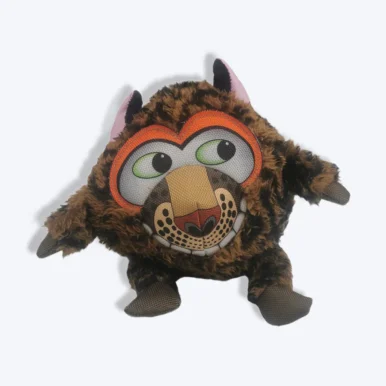Largest Whale Plush Toy For Dog
No reviews
₹699.00
Description
Nutrapet toys keep your pet engaged and entertained. They need an active play time to keep them fit and healthy.
Features:
- The cotton rope helps remove plaque and tartar buildup as your pup plays and gently chews.
- Finished with double-stitched seams for added durability.
- Contains a squeaker inside to keep your pup on his toes!
- Paw-fect for dogs from all life stages and especially great for teething puppies.
Disclaimer: All plush toys are not meant for tough/strong chewers.
HANK Tip: Every dog plays differently and, since not all toys are created equal, it’s always best to keep a close watch on your pup in case things get ruff. Supervised play will help toys last longer and most importantly keep your pal safe. No dog toy is truly indestructible, so always remove the toy from playtime if pieces begin to break off.
Shipping & Delivery

100% Money-Back Guarantee
😄 Buy Now & Get Your Order By 3 to 4 Working Days.
😎 Your Satisfaction is Our Top Priority.
👍 100% Satisfaction Guarantee.
📞 Any Questions! Feel Free to Call Us - +918278844541
Product Features & Benefits
- The cotton rope helps remove plaque and tartar buildup as your pup plays and gently chews.
- Finished with double-stitched seams for added durability.
- Contains a squeaker inside to keep your pup on his toes!
- Paw-fect for dogs from all life stages and especially great for teething puppies.
You may also like…
HANK 3M Reflective No Pull Dog Harness | Black
17 reviews
Select options
This product has multiple variants. The options may be chosen on the product page
HANK 3M Reflective No Pull Dog Harness | Cyan Blue
5 reviews
Select options
This product has multiple variants. The options may be chosen on the product page
HANK 3M Reflective No Pull Dog Harness | Neon Orange
8 reviews
Select options
This product has multiple variants. The options may be chosen on the product page
HANK 3M Reflective Heavy Duty 5 Feet Dog Leash | Black
3 reviews
Select options
This product has multiple variants. The options may be chosen on the product page
HANK 3M Reflective No Pull Dog Harness | Neon Green
3 reviews
Select options
This product has multiple variants. The options may be chosen on the product page
HANK 3M Reflective Heavy Duty 5 Feet Dog Leash | Cyan Blue
3 reviews
Select options
This product has multiple variants. The options may be chosen on the product page
Related products
Tennis Ball Medium Dog Toy (Pack of 2)
No reviews


